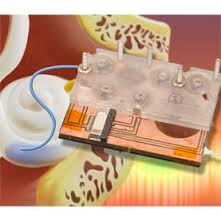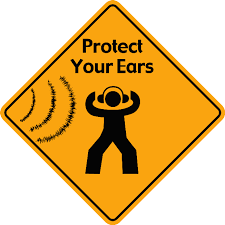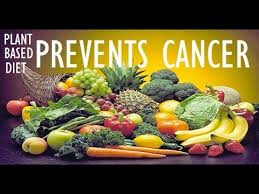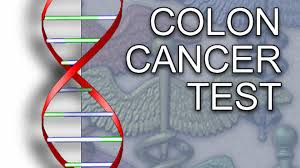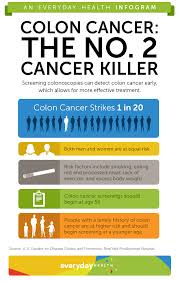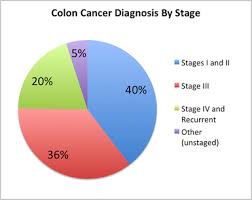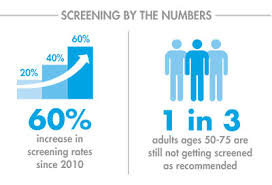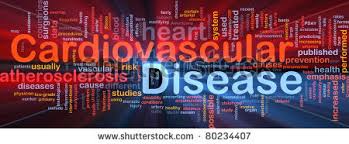 For women in midlife, an earlier age of onset of vasomotor symptoms – hot flashes and night sweats – was linked to impaired endothelial function, a very early marker for cardiovascular disease.
For women in midlife, an earlier age of onset of vasomotor symptoms – hot flashes and night sweats – was linked to impaired endothelial function, a very early marker for cardiovascular disease.
In the first of two related studies, an earlier age of onset for vasomotor symptoms (VMS) was associated with increased endothelial dysfunction as measured by brachial artery ultrasound. Greater frequency of hot flashes was associated with endothelial dysfunction for younger but not older participants in the second study.
older participants in the second study.
Though more than 70% of women experience VMS during perimenopause and menopause, these symptoms largely have been viewed as a quality of life issue. However, this emerging research might mean that early onset of hot flashes might serve a potential marker for increased risk for cardiovascular disease, said Rebecca C. Thurston, Ph.D., associate professor of psychiatry, psychology, and epidemiology at the University of Pittsburgh. Her work was presented in a briefing in advance of the annual meeting of the American College of Cardiology in San Diego.
Source: Family Practice News









